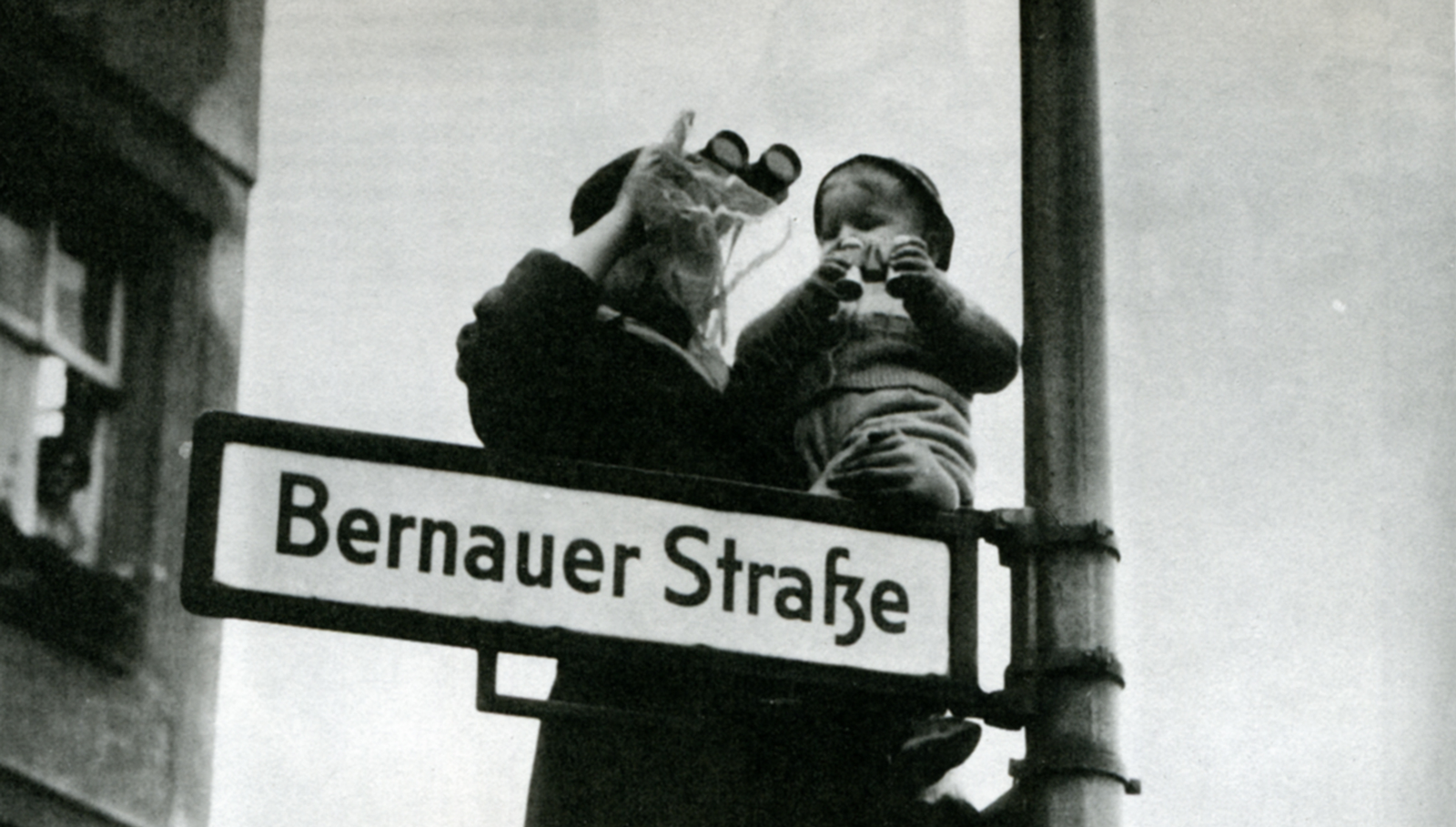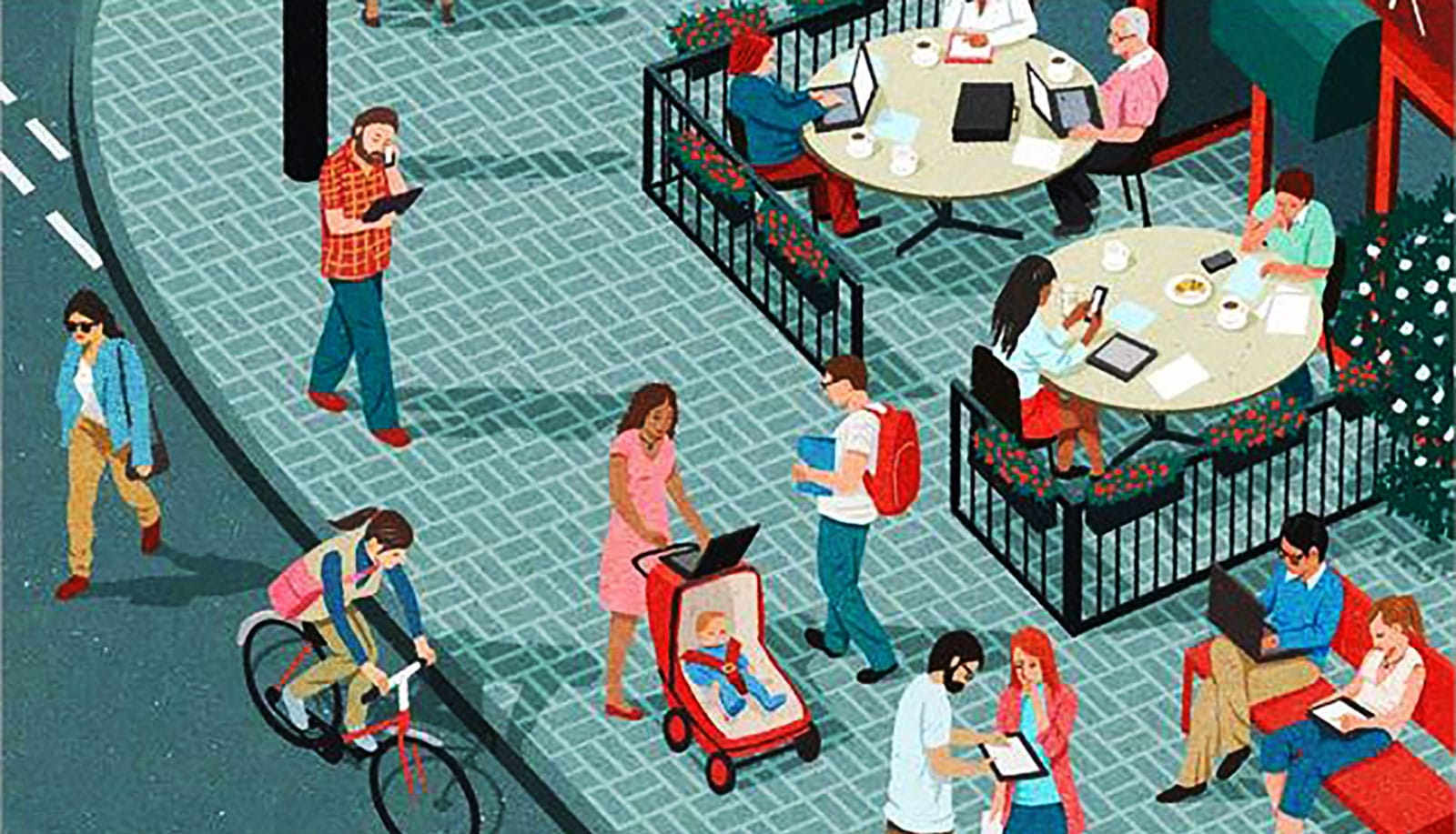Broken Cities | WG report
The working group explored radical hypotheses of intervention that would trigger modifications in the highly unequal and path-dependent Italian housing system and its unjust implications for (especially) urban citizens with low incomes and special needs.
Proposal: Re-Public Housing
The working group considers a priority to increase the supply of social housing at sustainable rents (and therefore non-market rents) to supplement the residual and seriously inadequate contribution of public housing already in existence for the lower income bracket of the population. The proposal is to increase this supply (while preventing soil consumption) through the reuse of the existing abandoned heritage. In order for the proposal formulated to be effectively applied, structural interventions aimed at returning to forms of rent regulation and linear financing of public social housing are indispensable conditions.
The working group has developed a proposal that foresees bottom-up initiatives (entrusted to social movements, informal groups of inhabitants, tenants’ unions, the non-profit sector, cooperatives) for the identification of unused state-owned properties. The properties are transferred, free of charge, to local governments to be allocated to social housing through co-design, self-recovery and cooperative management processes.
The project envisages innovative forms of social housing, based on a social mix: two-thirds at social rents via a ranking system, and one-third for mixed populations of young people (interested in forms of collective housing), the elderly and disabled, with a controlled rent in order to encourage virtuous forms of mutuality.
Ownership is transferred from the state property to the local government in a non-interest-bearing capacity, then granted for one third in usufruct for 99 years to the ad hoc residents’ cooperative, which recovers the disused structure by accessing forms of subsidised credit guaranteed via Recovery Plan or access of EU funding programs (e.g. Renovation Wave, Affordable Housing Initiative) and then via CDP.
The measure also includes a variant aimed at private property, via the introduction of an ad hoc legislative measure, which prevents owners of large buildings (over 5,000 square metres) or areas that have been in disuse for more than 10 years, and with no demonstrable and impending project, from requesting the eviction of the property if it is informally occupied by housing movements, informal actors or the non-profit sector. After 20 years of informal occupation, if the owner does not arrange for the recovery of the building by means of a definite and impending project, the occupants can take possession of it by usucapion if they are constituted as a cooperative of inhabitants, unless the owner stipulates a free-lease agreement for at least 50 years with the same cooperative. In both cases, the mechanism paves the way for a regularisation process similar to the one envisaged in the case of reuse of state-owned property above.
- One group proposed to shift from private to collective ownership: it means pooling private/individual properties into collective/shared trusts and by this decommodifying housing but still leaving a share to the former owners. This would entail no expropriation of property, but rather capturing the future land value and improving affordability. Legally, this is feasible through the Italian law on “proprietà indivisa.” The shift would take placeon a voluntary basis, but it would be fostered through policy mechanisms such as: subsidies (e.g. diverting so called “superbonus 110%” fundings) and tax incentives (e.g. lowering property for collective ownership). This could also help improve the spatial organization, fostering a more efficient use of space, energy, etc.
- The second proposal aimed at increasing the stock of affordable rental housing, targeting both the very poor segment in the waiting list for public homes and people in the “grey belt” (those not declared poor, but hardly affording private rents because of their socio-economic conditions). The proposal advanced a holistic approach, focusing both on public stock and private rental market. For the former it encompasses: the re-use of vacant public buildings as public homes to welcome those waiting in the official list; refurbished thanks to public investment; involvement of unemployed people in infrastructural jobs through mutual exchange and timebanks and forms of alternative currency. For the latter, it involves: a tax for private owners who do not make any use of their building for a certain amount of time to dis-incentivize vacancy and increase the stock of housing; regulation for short-term rentals (following the Barcelona model), including a direct tax to Airbnb (forbidding the transfer of the cost onto owners and therefore onto tourists); tax people who put their second home in Airbnb.
- The third group proposed a law against vacantbuildings to reuse both public and private heritage. After 5 years the property becomes a social heritage for public use. The proposal also supported models of shared housing that stimulate social cohesion.
- The fourth group suggested an updated form of social housing (with green spaces, social common spaces and private housing units) by reusing abandoned buildings like old military barracks, ceased buildings or state-owned vacant buildings financed through social (private) sourcing of funds sponsored by the government or through incentives by NGOs (as done in the project of DAR=CASA).
Therefore, the proposals encompassed the reuse of vacant private and public properties for a social scope, combined with tax schemes and land-rent value capture, and various attempts to restructure the current ownership structure. The participants engaged in a discussion that, starting from these themes, tried to develop an overall intervention model. All agreed that one of the major boundary objects for kickstarting a social housing policy in a country like Italy is represented by vacant built stock, either public or private. There is much evidence of the presence of a huge stock of unused and vacant public properties (e.g. barracks, public housing dwellings, etc.), as well as private properties. After an intense discussion, the group decided to prioritize the reuse of vacant public properties for social purposes, including the provision of public and affordable housing. However, the domain of “public property” is a broad one: the impact of austerity measures in public policies has triggered a massive privatization process, in which a big part of public properties has been transferred to state-invested (that is, formally private) vehicles with the aim of selling it. Therefore, the group has decided to focus on vacant properties which are still owned by the Agenzia del Demanio, recognized as a central actor at the national level. According to existing legislation, these properties could be transferred for free to local governments, the core actor at the local level, which could turn part of it to public housing and part to free long-term lease and forms of collective ownership (e.g. cooperatives). Collective ownership would rent within a regulated scheme of social purpose (with affordable rents). In the kickstarting of such initiatives, bottom-up processes would be preferred, and social movements, tenants’ union and non-profit housing actors (e.g. housing cooperatives) would be assigned a protagonist role in individuating the properties and proposing a project. Afterwards, the intervention proposal was enlarged to private unused property, by increasing forms of regulation. A possible slogan/title for the proposal could be “re-public housing,” stressing both the role of the state/administration in steering the process, the focus on reuse and the belief that proper affordable and adequate housing constitute a necessary public good to heal contemporary broken cities.









